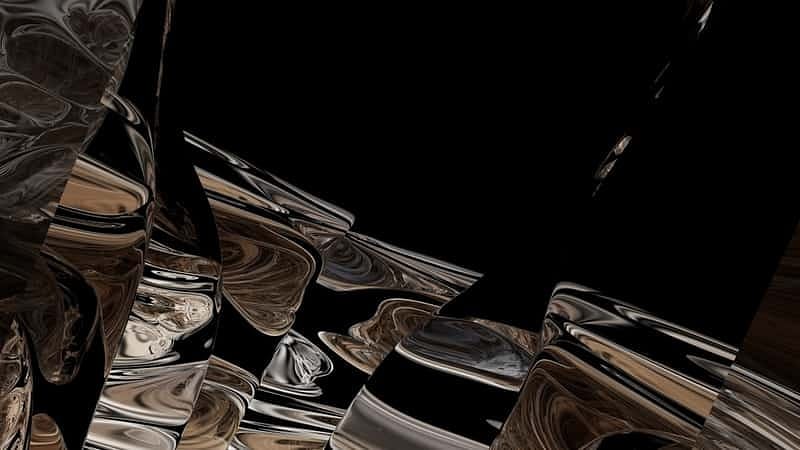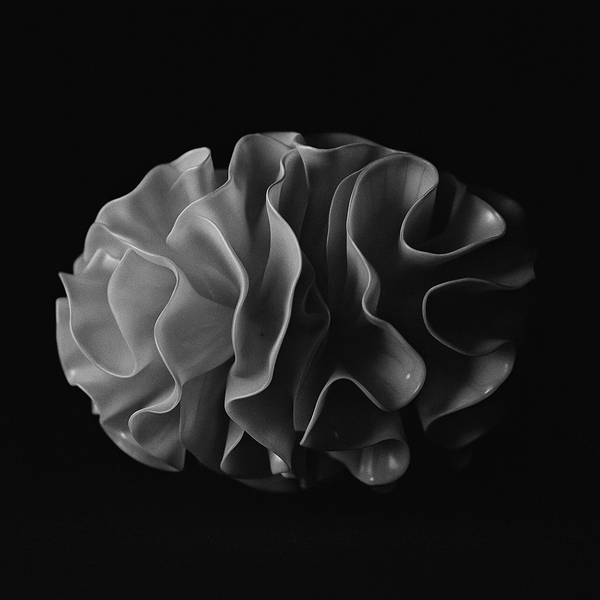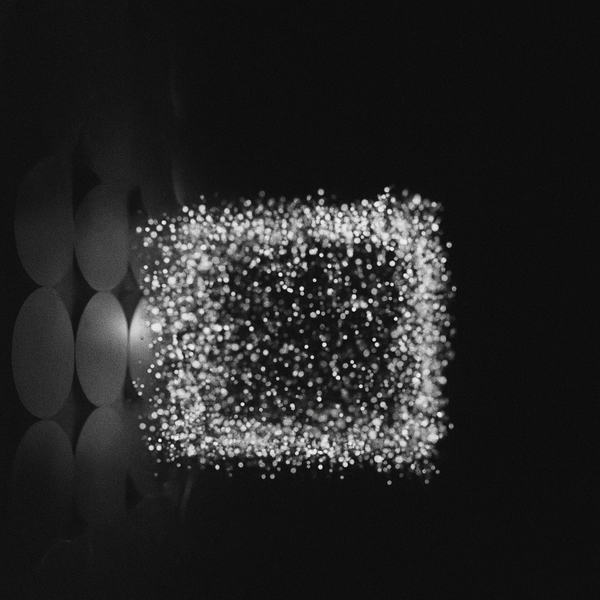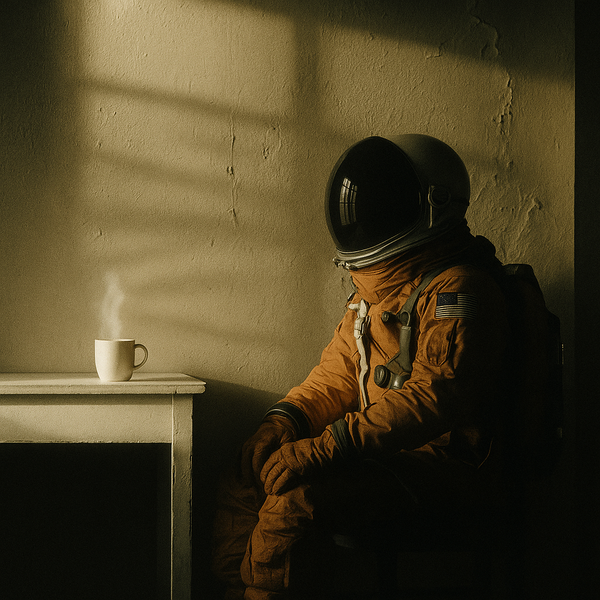Optical Illusions and Vinyl: Reviving Retro through Modern Art

The record spins, but something's different. It's not just music—it's a visual performance that tricks your eyes and bends reality. Optical illusion vinyl transforms the humble turntable into a mesmerizing canvas where art, technology, and nostalgia collide.
Vinyl never truly died; it just went underground, waiting for the right cultural moment to resurface. What began as a niche collector's passion has become a full-blown renaissance, with artists and designers reimagining the classic record as a multisensory experience. Black discs are no longer just sound carriers—they're kinetic art pieces that come alive when they rotate.
Take Burberry's recent vinyl designs, which have turned the music medium into a hypnotic visual spectacle. When these records spin, geometric patterns emerge—sharp triangles and spiraling vortexes that create a dizzying effect. It's not just about listening anymore; it's about watching music move.
This revival isn't mere nostalgia. It's a deliberate reimagining of how we experience sound and visual art. Modern designers are using optical illusions to challenge our perception, transforming something as traditional as a vinyl record into a cutting-edge medium. Monochromatic spirals, intricate geometric patterns, and mind-bending visual tricks turn each rotation into a miniature art installation.
The technology behind these designs is surprisingly sophisticated. Precision-cut vinyl with carefully mapped patterns creates complex visual effects that emerge only when the record is in motion. It's a perfect marriage of analog craft and digital precision—each record becomes a unique performance piece that exists somewhere between sculpture and sound.
Cultural theorists might argue that this trend represents more than aesthetic innovation. In an age of digital streaming and disposable media, vinyl with optical illusions represents a deliberate slowdown. It demands physical engagement. You can't passively consume this experience; you must actively participate by placing the record, dropping the needle, watching it spin.
These designs also reflect a broader cultural moment—a generation rediscovering tactile experiences in an increasingly virtual world. Young collectors aren't just buying music; they're collecting visual art that happens to produce sound. The record becomes a conversation piece, a statement of aesthetic sophistication.
For musicians and designers, it's an opportunity to extend artistic expression beyond traditional boundaries. A record is no longer just a container for sound but a complete sensory experience. The visual component becomes as important as the audio, creating a holistic artwork that engages multiple senses simultaneously.
Practically speaking, anyone can start exploring this trend. Specialty record shops and online marketplaces now offer turntable slip mats and records with built-in optical illusions. Audiophiles and design enthusiasts can transform their listening spaces into dynamic visual environments with just a few carefully chosen pieces.
The message is clear: technology doesn't have to eliminate tradition. Sometimes, the most innovative experiences come from reimagining old forms with fresh eyes. Optical illusion vinyl proves that creativity knows no temporal boundaries—it's about seeing the potential in what already exists and pushing it into unexpected territories.
As the record spins and patterns emerge, we're reminded that art is never static. It moves, shifts, and constantly reinvents itself—just like the mesmerizing vinyl spinning before our eyes.
References
Models used: GPT-4o, gpt-image-1



